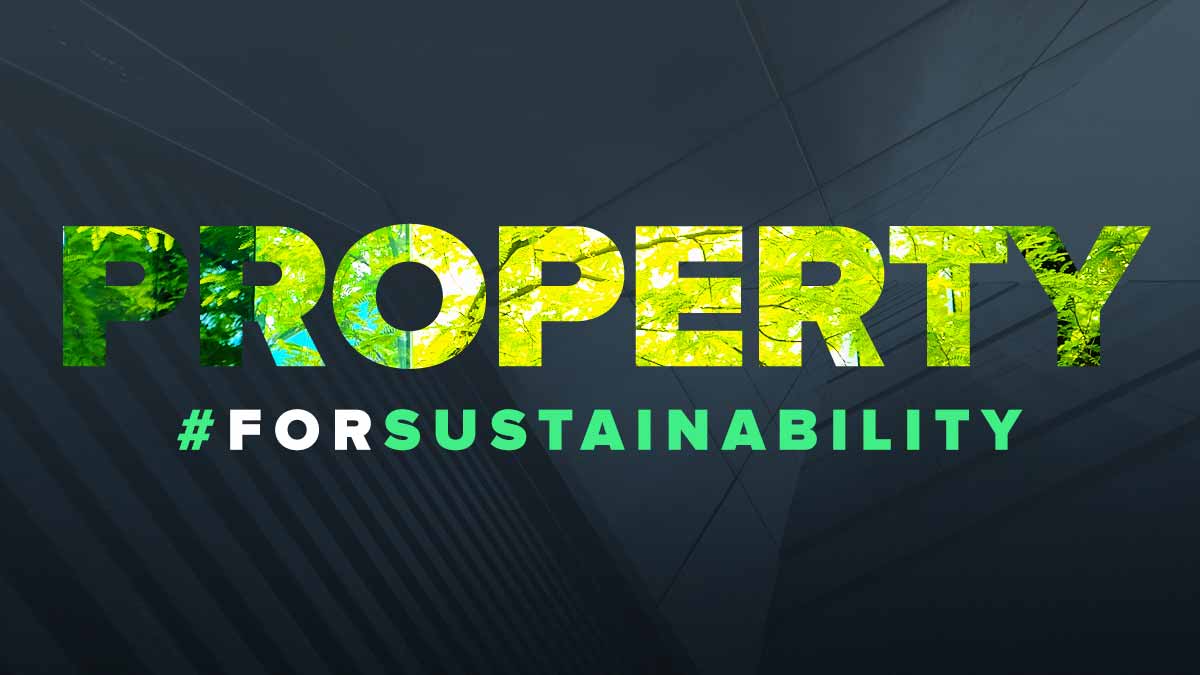Government White Paper: Planning for the Future – Beautiful and Sustainable Places
The Government has published its White Paper setting out far reaching proposals to reform the planning system with the aim to simplify, speed up and create more certainty in the planning process.
The three pillars of change; Planning for Development, Planning for Beautiful and Sustainable Places and Planning for Infrastructure set out a number of proposals to achieve these aims. This article focuses on some of the key proposals within Planning for Beautiful and Sustainable Places.
Planning for Beautiful and Sustainable Places
The aim of this section of the White Paper is to ensure the planning system enables the creation of beautiful places that will stand the test of time, as well as protecting and enhancing the environment. The proposals come from the position that the system should help to generate net gains for the quality of the built environment, not just 'no net harm.'
Community Involvement with Design Codes
The aim is to provide clarity for applicants and communities and provide the basis for the fast tracking of decisions on design by providing specific standards.
It is considered essential that these design guides are prepared with effective inputs from local community. To support this the proposal is that design guides and codes should only be given weight in the planning process if it can be demonstrated that this input has been secured, with decisions on design made in line with these documents.
This will be a welcome proposal for many local communities who may be concerned that their role within the planning process is diminishing, with consultation periods being 'streamlined' and that the zoning of land into Growth areas with outline permission automatically granted removes local involvement with planning on an application specific basis. (For discussion of these specific proposals, please see our Planning for Development article.)
Fast Track for Beauty
The government has proposed amending the NPPF to incentivise and accelerate high quality development reflecting local character, so that schemes which comply with the local design guides and codes have a positive advantage and greater certainty of a swift approval.
To support the 'gentle intensification' of towns and cities in accordance with design principles, the government is proposing to legislate to widen the nature of permitted development. This will enable popular and replicable forms of development to be approved easily and quickly. The recently introduced extensions of permitted development rights would also have to take into account local or national design codes into account to gain the necessary prior approval.
Should this proposal be brought in, it is therefore vital that the design codes are prepared effectively with the thorough involvement of the local communities to ensure that local democracy in the planning permission is not lost to make way for speed of delivery. It is not necessarily the case that design will equate to quality development and in the context of housing development in particular, this is likely to generate particular concern.
Expert Body for Design
The option of establishing a new expert body to help authorities effectively use the design guidance and codes will be explored, with the possibility of this performing a wider monitoring role for the sector in building better places.
As with the other initiatives put forward in this Paper, this will require significant funding. Proposed models for how this could be taken forward include a new arms length body reporting to Government or a new centre of expertise within Homes England.
Full proposals for the resourcing of planning departments will be published later this year. There is however the statement that the proposed stream-lining of the plan making system will allow some professional skills to be refocused. It is clear that to achieve the proposals outlined in the Paper, significant investment and funding of local authorities will be required which is arguably long overdue.
The consultation closes on 29 October 2020 and the White Paper can be found here setting out the full range of proposals.
You may also be interested in
- Government White Paper: Planning for the Future – Development
- Government White Paper: Planning for the Future – Infrastructure
Sustainability in the built environment
The move to further sustainability within Real Estate is increasingly driven by the increased connection between sustainability and financial viability.


